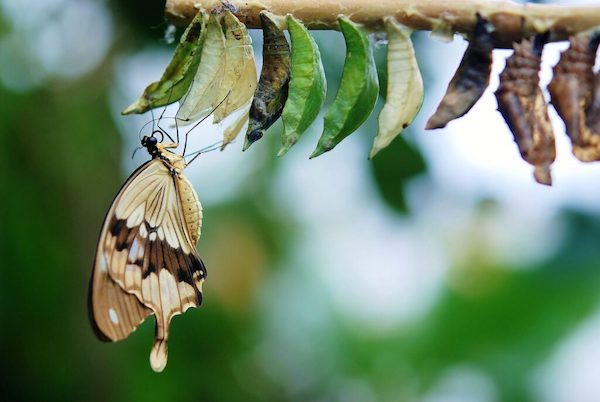Recycling has only recently become popular in human history, but nature has been recycling since the beginning of time. Many creatures and organisms exist in delicately balanced ecosystems that involve only taking what is needed and and wasting as little as possible. Nature’s recyclers are setting a good example for people everywhere and we can’t wait to introduce you to them.
Trees

Perhaps the most well-known of nature’s recyclers is the tree. Animals breathe in oxygen and exhale CO2. Trees take in CO2 and produce oxygen, creating a cycle that sustains life. Animals consume carbon, such as leaves, and produce waste that is broken back down into carbon and released. Trees take in carbon to grow and create more leaves, etc.
Birds

Birds are one of the best recyclers, and we’re not just referring to seagulls that eat out of the trash. Most birds create nests and make them out of whatever is available. This includes discarded feathers, twigs, newspaper, string, hair, fur, or plastic. Some birds even attract mates by how colorful their nests can be, which makes plastic and paper even more valuable to them.
Related Content: DIY Reptile Enclosures
Dung Beetles

The dung beetle is an exceptional, if not smelly, example of one of nature’s recyclers. Dung beetles live off feces, from consuming it to building their homes out of it and laying their eggs in it. While it may not seem like an attractive lifestyle, don’t overlook their environmental value. Dung beetles save the United States approximately $380 million in waste disposal alone.
Hermit Crabs

Hermit crabs are well-known recyclers because they don’t grow their own shells like other crustaceans. They rely on discarded shells from snails and other sea creatures to create their homes, and sometimes they even eat their old shells. Hermit crabs have been known to even create mobile homes from glass bottles or tin cans, though this can be harmful as the crab may become stuck and starve to death.
Fungi

Fungi are the biggest and most famous recyclers in nature. They literally break down dead plants and animals and consume them in order to grow. Then fungi are often eaten by humans or other creatures which in turn creates more waste to be broken down. Fungi are responsible for most of the breakdown and consumption of dead and decaying matter.
Octopi

Octopi are excellent recyclers. They create their homes out of recycled materials like discarded shells, coconut shells, or discarded trash like glass bottles. They even use tools on occasion out of whatever material they can find.
Lobsters & Butterflies

Many creatures, like lobsters and butterflies, recycle their own waste. Lobsters constantly grow and are required to upsize throughout their lives. Many lobsters then eat their nutrient-rich, newly-shed shells. Newly hatched butterflies also break out of and consume their cocoons as their first meals.
Coral Reefs: One of Nature’s Recyclers

Approximately 75% of all coral reefs are threatened, which is alarming as coral reefs provide habitats for a large number of creatures. However, coral reefs are one of the most adaptable organisms in existence, making it a great candidate as one of nature’s recyclers. Coral can adapt to almost any hard surface, including anchors, sunk cars, old shipwrecks, sunken statues or ruins, underwater pipelines, and more. They can repurpose old wreckage on the seafloor to create a new ecosystem for countless other species while beautifying it in the process.
Nature is an excellent example of reusing and recycling many different materials, and humankind should seek to emulate it. Less than a fourth of all recyclable material actually gets recycled, and fewer cities are recycling due to rising costs. Putting forth the extra effort to recycle or use natural, compostable products could help us protect our world and the creatures in it.

Alberto D. Harris
Generally I do not read article on blogs, but I would like to say that this write-up very pressured me to check out and do it! Your writing taste has been amazed me. Thank you, very nice post.